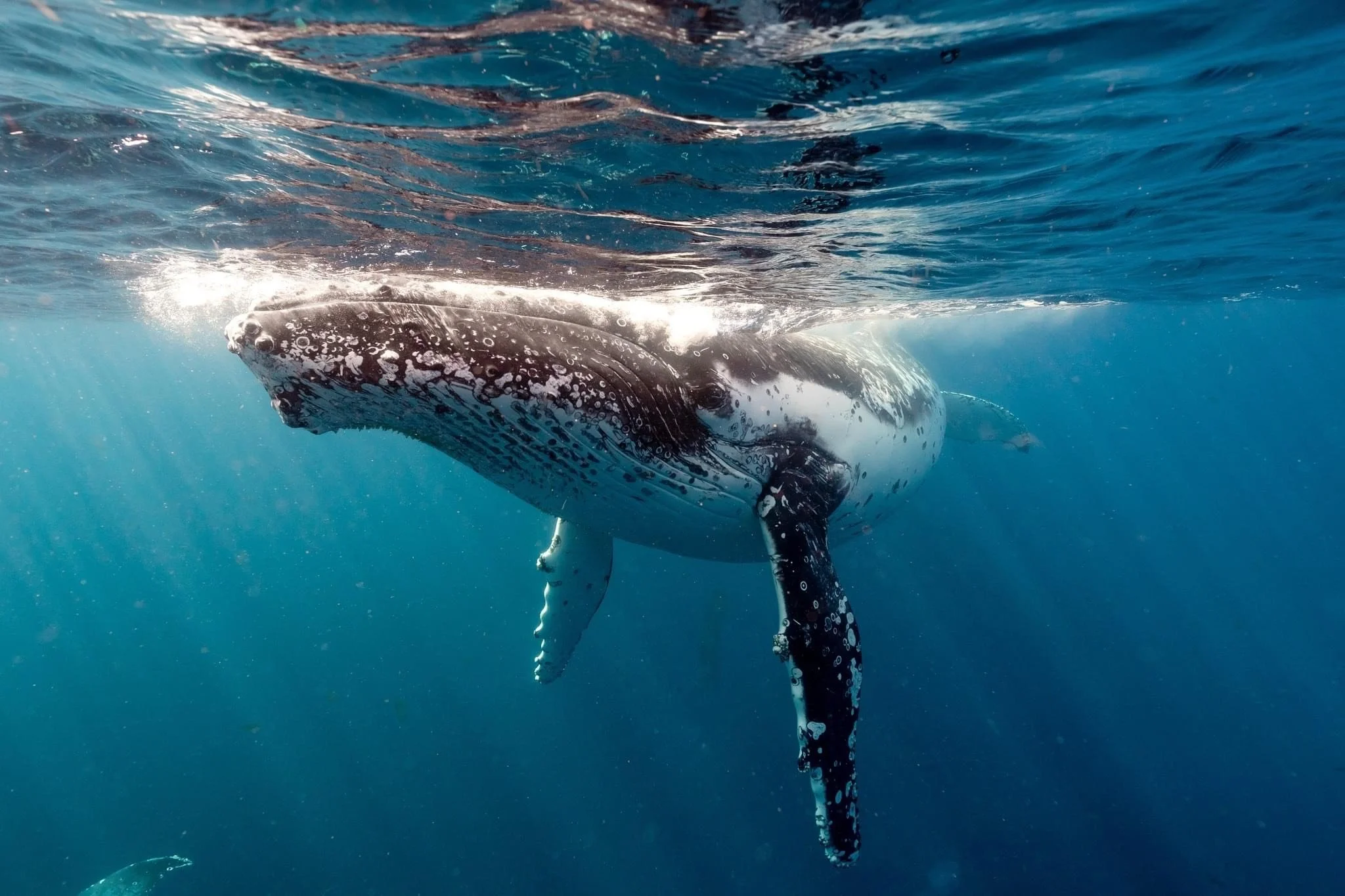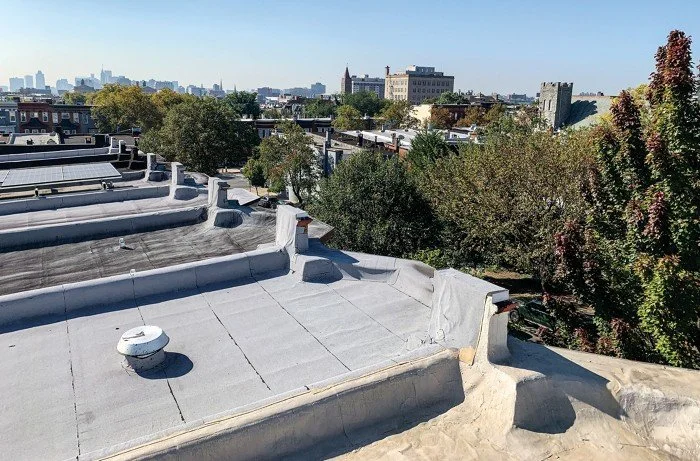Sonder Stories: August
Tangled Journey: Protecting Humpbacks on Their Migration
Each winter, thousands of humpback whales make their huge journey along the coast of New South Wales, migrating to warmer waters to breed and give birth. It's a magical time for locals and tourists alike, but there is more to what’s seen on the surface.
Commercial fishing operations and pollution along the coast are putting these gentle giants at risk. Nets, lines, and traps, often meant for other species, can entangle whales, causing severe injuries, stress, or even death. Noise pollution from vessels and equipment further disrupts the whales' natural navigation systems, making their long journey even more treacherous.
In the Shoalhaven region, local conservation groups like Woebegone Free dive are taking action. Not only have they witnessed firsthand the distress of entangled whales seeking help, but they are also leading the way in promoting ethical, environmentally conscious marine tourism. Through guided snorkelling tours and educational programs, they allow people to experience the majesty of humpbacks up close, while learning how to protect them.
By raising awareness and encouraging responsible ocean practices, these passionate locals are helping ensure that future generations can continue to witness the incredible whale migration, safely and sustainably.
For more information and photo credit, see: https://www.woebegone.com.au/
Sea Slugs Saving the Planet: Sea Cucumbers and First Nations Knowledge Are Reviving Australia's Oceans
Sea cucumbers might look like faceless sea slugs, but they’re making waves in Western Australia, helping to restore vital seagrass meadows and revive ancient traditions.
In Shark Bay, Malgana man Michael Wear leads Tidal Moon, a First Nations-owned Sea cucumber business blending cultural knowledge with modern science. These ocean-floor dwellers, known as trepang, have been part of trade in the region since the 1700s. Now, they’re key players in a mission to restore seagrass, one of the ocean’s most powerful carbon sinks.
Seagrass stores five times more carbon than forests, supports marine life like dugongs and turtles, and plays a major role in fighting climate change. But it’s vanishing fast, especially after a 2010 heatwave destroyed nearly a quarter of Shark Bay’s seagrass in just weeks.
The Saltwater Cowboys are young Indigenous divers trained by Tidal Moon. Their focus is hand-harvesting sea cucumbers for export to Asia, while also replanting seagrass and collecting research samples, blending 30,000 years of sea knowledge with cutting-edge marine science.
Tidal Moon has big goals: restore 1,000 square kilometres of seagrass and unlock new uses for sea cucumbers, from skincare to cancer research. With backing from the WA government and a $2.2 million grant, they’re already making progress.
For the local community, it’s about more than just business. “We’re trying to build a middle class in coastal towns,” Wear says. “We want to give young people purpose, pride, and a future on their land.”
From the ocean floor to high-tech labs, this tiny creature is helping protect Country, preserve culture, and cool the planet.
For more information and photo credit, see: https://www.sbs.com.au/news/article/first-nations-business-reviving-australias-sea-cucumber-trade/mf5rm7vlb
Cool Roofs, Cool Earth: The Paint Doing It All
A group of global researchers, including a team from the University of Texas, has teamed up with AI to create a next-gen paint that could help cool both homes, and the planet.
Using artificial intelligence, the team designed a super reflective coating called a thermal meta-emitter. It's like sunscreen for your roof, reflecting sunlight and pumping heat out in clever ways. As a result, buildings stay over 2°C cooler than those using regular white or grey paints.
Tested under harsh midday sun, this paint left other commercial coatings in the dust, and researchers think it could save around 15,800 kilowatt-hours a year for a typical apartment building in hot climates like Rio or Bangkok. That’s the equivalent of 10 times what a typical AC unit uses annually.
And it's not just for houses. This tech could be used to cool down cars baking in the sun, keep cloths and tents cooler, help fight the urban heat island effect in cities of concrete, even possibly managing spacecraft temperatures in orbit.
Traditionally, designing these complex materials was painfully slow. But with AI in the mix, researchers created 1,500+ materials with different cooling abilities, fast.
“This isn’t just a gimmick,” said study co-lead Dr Yuebing Zheng. “AI is helping us build smarter materials that could seriously cut carbon emissions and lower power bills.”
With rising temps and energy costs in Australia, this clever coat of paint could be a literal lifesaver.
For more information and photo credit, see: https://www.goodnewsnetwork.org/new-ai-designed-paint-for-roofs-could-cool-buildings-by-up-to-36f-slashing-ac-use/



